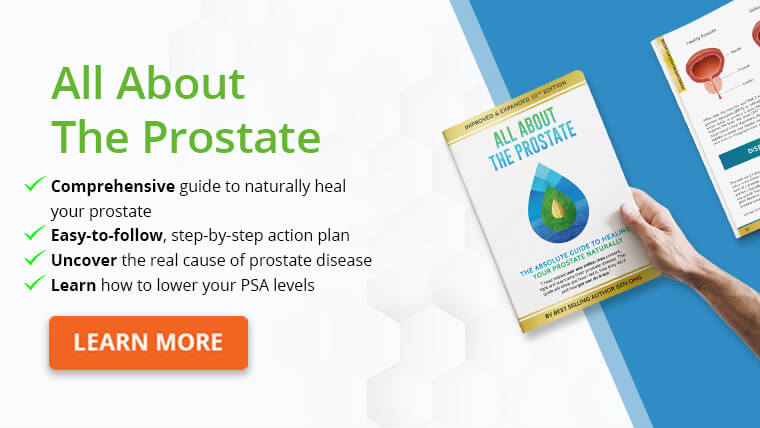Vanadium, a micronutrient can be found in various foods, is believed by researchers to be necessary in minimal quantities for proper bone development. The specific impacts and optimal dosage of vanadium remain uncertain, but it is known that excessive intake of vanadium is potentially harmful to our health.
In humans, vanadium is found in the blood as vanadate and vanadyl, which is bound to transferrin, a protein in your blood responsible for transporting iron (1).
Because it is a malleable metal, vanadium is combined to make steel alloys for use in space vehicles, aircrafts, nuclear reactors, and certain tools.
Vanadium can also be used as a health supplement. It is considered an essential trace element, which means you need to obtain it through your diet. The exact role vanadium plays in human health isn’t entirely clear, and there are limited studies on vanadium in human test subjects.
Potential benefits of vanadium
Vanadium hasn’t been studied much in humans, so its potential benefits aren’t confirmed by scientific studies. Any of the potential benefits of vanadium are based on limited evidence, and include:
1) Potential antiparasitic
Parasitic infections occur when a parasite enters your body and feeds off you (its host) to survive. Parasitic infections can cause little to no symptoms, while others can make you very sick.
According to in vitro (test tube) and in vivo (animal) studies, vanadium might fight parasites, including those that cause Chagas’ disease (1). Vanadium isn’t used as a treatment for parasitic infections at this time, but more research should be done on the topic.

2) Insulin/blood sugar benefits
Insulin is a hormone secreted by your pancreas and helps move blood sugar from your bloodstream into your cells.
Diabetes occurs when your body doesn’t make enough insulin to lower your blood glucose levels or doesn’t respond to insulin effectively.
Type 2 diabetes is the most prevalent type of diabetes and is increasing in prevalence, impacting about one in ten Americans.
According to in vitro (test tube) studies, vanadium salts mimic insulin in their action. In animal studies, vanadium lowered blood sugar levels in insulin-deficient rats and improved glucose metabolism in obese, insulin-resistant rats (2).
While there have been some positive results on blood sugar levels among rats given vanadium, there aren’t enough long-term studies on humans to determine how effective it might be in treating humans.
A small study was done on the use of vanadium in human patients with diabetes (3). 11 patients with type 2 diabetes received 150 milligrams of vanadyl sulfate for six weeks.
Blood glucose levels and hemoglobin A1c levels were significantly reduced. Vanadium-treated subjects also had 20% lower glucose production in their liver, which vanadium seems to target over muscle cells.
The studies using vanadium in human subjects are very short in duration, like the one above. One study on thirty years’ worth of research summarized that more long-term studies would need to be done on human subjects to determine the potential safety and efficacy of using vanadium to help treat altered glucose metabolism (4).
Also, it’s worth noting that the study on vanadium in humans used 150 milligrams of vanadium per day, which is well above the recommended daily limit of 1.8 milligrams. That means that while it might improve blood sugar levels, it’s unclear if that level of vanadium is safe to take for a long time.

3) Potential cholesterol benefits
High-density lipoprotein (HDL) cholesterol is known as “good” cholesterol. Having high levels of HDL can help reduce inflammation and decrease your risk of heart disease.
An observational study was done on steelworkers in China exposed to vanadium (5). Among the vanadium-exposed workers, HDL levels were higher compared to those not exposed to vanadium. Researchers conclude that vanadium might have a beneficial influence on HDL cholesterol.
A study in diabetes-induced rats found that total cholesterol, triglycerides, and LDL cholesterol were lowered after treatment with vanadium (6). The vanadyl sulfate used in that treatment was noted to improve oxidative stress caused by diabetes by acting as an antioxidant.
Though the studies on vanadium in relation to cholesterol levels are done in animals, the results have been positive.
Recommended vanadium daily dosage
The average diet is estimated to provide 6-18 mcg (micrograms) of vanadium daily. Most of the vanadium you eat is excreted in your stool, with a very low absorption rate of around 5%. (7)
There isn’t a recommended daily amount of vanadium set, but the upper limit (maximum amount not believed to cause issues) is 1.8 milligrams.
Many vanadium supplements are in the form of vanadyl sulfate. The amount of vanadium in supplements is typically around 1-2 milligrams, which falls within or near the recommended range.
Some vanadium supplements combine vanadium with other elements like chromium or other trace minerals.
You shouldn’t exceed 2 milligrams of vanadium daily if you choose to take it in a supplement. One of the concerns with the toxicity of metals like vanadium is oxidation, which can harm your body’s cells and lead to inflammation and abnormal cell growth.
Potential side effects
Based on limited observations among humans, vanadium toxicity may lead to health issues like (8):
- Respiratory symptoms
- Altered neurobehavioral symptoms
- Impaired fetal growth during pregnancy
- Preterm birth in pregnancy
- Potential increased risk of thyroid cancer
Vanadium toxicity is thought to be counteracted by antioxidants like ascorbic acid (vitamin C), vitamin E, polyphenols, and phytosterols.
Get Your FREE PSA Lowering Diet Plan!
- Naturally lower PSA levels
- Reduce nighttime trips to the bathroom
- Enjoy better bladder control and urine flow
What foods are high in vanadium?
Some foods naturally contain vanadium. These foods aren’t as rich in vanadium as vanadium supplements, which are more concentrated.
For example, black pepper contains around 980 nanograms (ng) of vanadium per gram, which equals around 0.001 milligrams, while vanadium supplements offer around 1-2 milligrams of vanadium per serving.
The foods and drinks that contain vanadium include:
- Mushrooms
- Shellfish
- Black pepper
- Parsley
- Dill weed
- Beer
- Wine
- Grain and grain products
- Artificial sweeteners
Conclusion
There aren’t many studies on the use of vanadium in human subjects. Based on small human studies of short duration, as well as animal studies, vanadium might be beneficial for promoting healthy cholesterol levels and improving glucose metabolism through its antidiabetic effects.
Because of the lack of large, long-term studies among humans, there isn’t enough evidence to confidently recommend using vanadium for its potential benefits. However, taking vanadium within the recommended amount (less than or equal to 1.8 milligrams daily) is likely safe, though it’s unclear how much you might benefit from doing so.
Explore More







